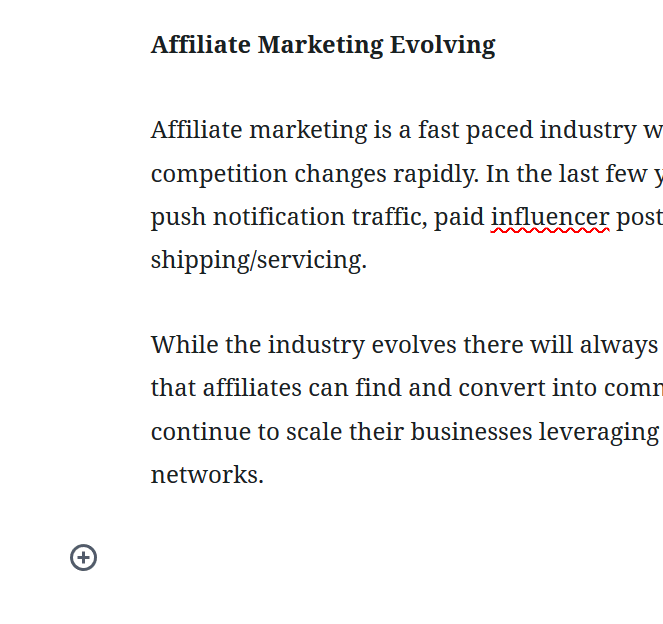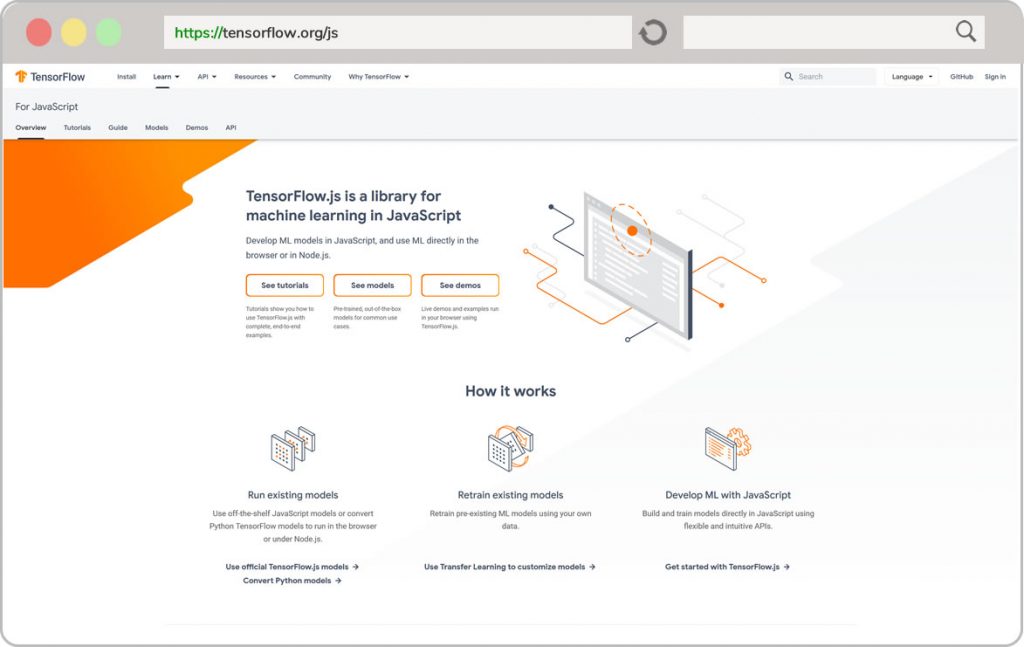What are micro conversions?
Micro conversions are minor events such as clicks and scrolls that we can use to track visitor behaviour and optimise advertising and landing pages faster.
They are generally not directly linked to key performance indicators for an advertising campaign but can be used to scale (increase traffic volumes) more effectively.

Scale Campaigns Profitably
Micro conversions are most valuable when you are scaling a campaign across multiple traffic sources all of which might be a network of thousands of different individual sources. If your main conversion is a sale of a $100 product then it’s going to cost a small fortune to test every source on every advertising network.
Micro conversions can be setup either on the ad networks tracking platform or via a third party tracker such as Google analytics. For high volume campaigns it may be worth setting up a database and tracking this data in-house.
What tools are required to track micro conversions?
You need to be able to edit javascript on your website. You can do this by adding script tags to your HTML or in wordpress adding a customHTML block (see screenshot below).

Once you can edit on-page javascript you can fire conversion pixels as and when you want. The following example will fire a google analytics event when a button is clicked
document.getElementById(‘cta-button’).onclick = () => {
ga('send','event','micro1','clickcta',1);
}
Some tools such as shopify have built in micro-conversion tracking for popular ad platforms such as facebook. However if you can learn a little bit of javascript then it becomes a much more powerful tool and the opportunities open up to some of the things we’ll be talking about later in the article.
Setting up micro conversions
My favourite method is to fire a conversion after a set period of time if a number of factors occur. For example if after 20 seconds the visitor is still on the page and has scrolled down, then they are probably reading and interested in the content and offer. The code for this would look something like below:-
let scroll = false;
window.addEventListener('scroll', function(){ scroll = true; }, true)
setTimeout(() => {
if (scroll) {
// Google Analytics
ga('send','event','micro2','reading',1);
}
},20 * 1000);
The aim of this is to detect user intent but also to highlight sources that have a high level of bot/fraud traffic. You can take this further with:-
- Device fingerprinting
- Mouse tracking
- Starting to fill out a form
- Mouseover / hover events
- Browser/cookie detection
- IP address analytics
- GEOIP data
- Commenting on a post
- Sharing on social media
- Watching a video
- Viewports and browser resizing
- Back button event capture
- Time between clicks/taps analysis
- Browser navigator/useragent details
- Machine learning by feeding all the above into a ML model and training it on blacklisted traffic source data.
The more complex you can make it while keeping the volume of conversions as high as possible the faster you’ll be able to optimise and profitably scale campaigns.
Tip. There is an excellent resource at Facebook developers that includes a number of copy and paste examples of micro conversions: https://developers.facebook.com/docs/facebook-pixel/advanced/
Machine Learning For Micro Conversion Tracking
The TensorflowJS framework can be used to make assessments in real-time within the visitors web browser. This does require wide and diverse data sources and the manual tagging of good vs bad traffic to train the model.
If you go down this path I’d recommend storing the data in tensors from the start and then using Python to build, test and optimise the model before exporting it for use with TensorflowJS.

Machine learning has become much more accessible in the last few years and we are likely to see developers and marketers using it more and more to improve their business systems. If you’ve used a look-a-like audience then you’ve already used machine learning for advertising purposes. Which leads me nicely on to…
Training The Pixel
Micro conversions can be used to train look-a-like audiences and ad network pixels when purchasing broad traffic. To do this we need to set the micro conversion up to fire only when some form of interest in the product or service has been shown. This could be a click or hover over an image, scrolling through a sales letter, watching a video to the end or adding an item to the cart.
With affiliate marketing you can use a landing page to pre-sell a product and then track micro conversions on your lander before sending the visitor off to the advertisers website/offer. This lets you build an audience quickly that you can do remarketing and look-a-like marketing to for the same and future similar offers that might appeal to the original demographic.
Landing Page Optimisation
Another good use of micro conversions is for landing page optimisation. While KPI’s such as sales and revenue are always the most important factor micro conversions can provide additional data.
If you are currently A/B testing landing page variations using revenue or lead data to make conclusions then there’s some low hanging fruit with MV testing and micro conversions.
MV testing or multivariate testing is when you run multiple A/B or A/B/C/D tests all on the same page at the same time. So you might test different button colors alongside different headline text and different images. Micro conversions alongside KPI stats can be used with MV testing to really drill down a landing page and continuously improve the conversion rate.
Micro Conversion Tracking As A Service
One of the biggest selling points of platforms like Shopify are that they set up all the micro conversions for you. When setting up a shopify store you just enter your facebook tracking pixel ID and it will fire an event for events such as “add to cart”, “page view”.
This provides a user friendly way to get started with micro conversion tracking and start leveraging the additional data without ever writing a line of code.
One thing of note is that you are passing all that data to Facebook who may not have aligned interests with your own. Facebook can and will use that data in ways that don’t benefit your campaign.
Tracking Mico Conversions In-House
If you are a developer then you probably already know how to set up a database or microservice data store. I’d recommend structuring your data as one entry and uniqueID per visitor and a separate database or table each day which makes it easier to clean up and analyse at high volumes.
Example JS style data storage
Date (YYMMDD) {
UniqueID: 103205023502,
Network: “Google Display”,
Source: “badsite.com”,
pageViews: 0,
Clicks: 0,
Leads: 0,
Sales: 0,
Scroll: 0,
landingPage: {
Button: 1,
Image: 2,
Headline: 3
}
}
How To Use Micro Conversion Data
Once you have the data you can analyse it to optimise your traffic sources and improve landing pages. How much data you need to make decisions varies greatly depending on the situation. I am going to wait longer to block a source on an ad network that I know is likely to perform well overall compared to a network that is known for having a lot of bot traffic.
There also needs to be some consideration to the overall conversion process. A really ugly “Add to cart” button might perform better in click through rate because it stands out from the site but the overall sales are lower because the design and professional brand image are negatively affected. If in doubt always wait until you have full revenue data or whatever KPI is most important to your conversion funnel.
Conclusion
Micro conversions can be used to:-
- Scale profitable campaigns
- Block fraudulent traffic sources faster
- Train ad network pixels
- Improve landing pages
We can fire micro conversions on something as simple as a click or as complicated as a machine learning model. Either way it’s a tool that can be used by marketers to make better decisions based on additional data.


